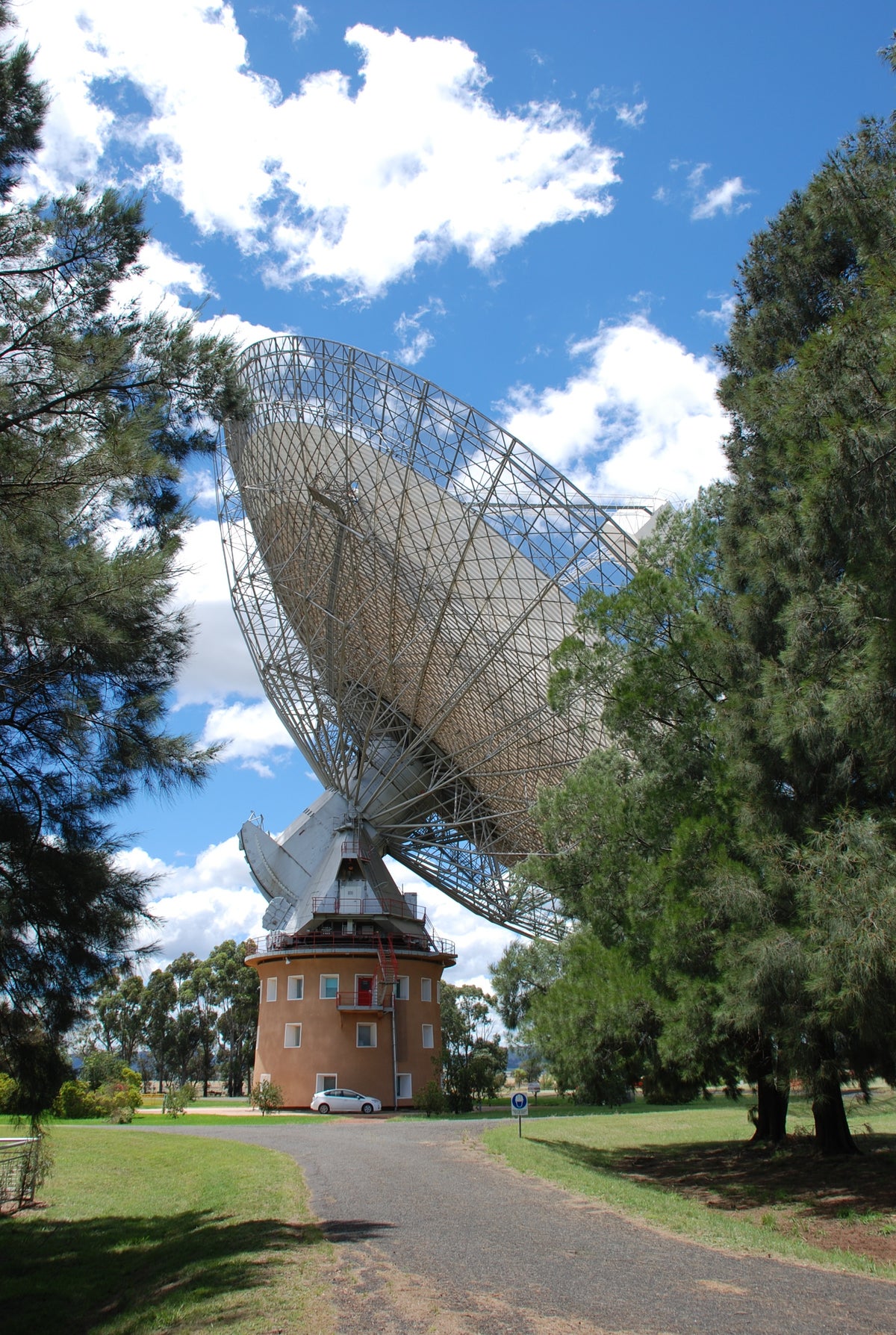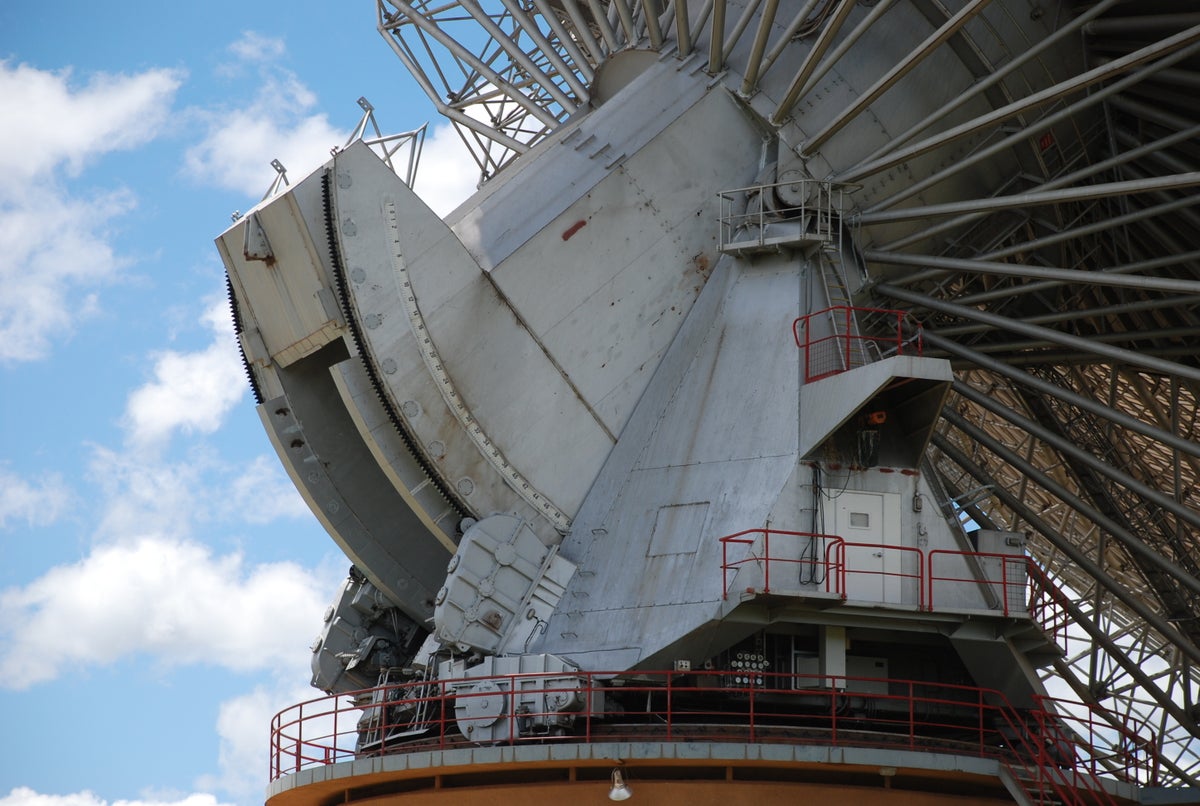Down Under, 'the dish' looks to the heavens (photos)
CNET visits the Parkes Radio Telescope in rural Australia. Besides making important astronomical discoveries, the facility played a big role in broadcasting the Apollo 11 moon landing.

Welcome to Parkes
Just outside the town of Parkes in central New South Wales, Australia, sits one of the most prominent radio astronomy telescopes in the world.
Completed in 1961 and designed by the U.K. firm Freeman Fox & Partners (which also engineered the Sydney Harbour bridge), "the dish" has been a pioneering facility in the exploration of space. It has, among other things, discovered more than 700 pulsars (about half of all known pulsars in the universe), mapped the Milky Way Galaxy and detected its magnetic field, and surveyed neighboring galaxies out to a distance of 300 million light-years by searching for neutral hydrogen.
What's more, Parkes has played a vital role in tracking the Mariner II, Voyager II, and Galileo space probes, and almost every Apollo flight, including the Apollo 11 moon landing. The 2000 film "The Dish," starring Sam Neil, tells the Apollo 11 story, while fictionalizing some details.
If you've seen the movie, you'll recognize this view of the radio telescope down the tree-shaded drive. Sheep no longer roam the grounds as they did on the big screen, but the telescope dominates the flat and pastoral landscape around it.
A national effort
Visitors enter the Observatory grounds through a small museum. Australia's Commonwealth Scientific and Industrial Research Organization (CSIRO) has additional radio telescopes in Narrabri and Coonabarabran, both in New South Wales, and it is building an array of 36 antennas in remote Western Australia.
The agency also operates the Canberra Deep Space Complex in conjunction with NASA. Located just outside the national capital of Canberra, the complex works with stations near Madrid and in Fort Irwin, Calif., to communicate with both manned spacecraft and deep-space probes.
By the numbers
Both big and small
On the surface
A focal point
Inside the focus cabin are microwave and radio receivers that can collect waves from 13 points in the sky simultaneously. The receiver then turns the radio waves into electrical signals, which travel down the legs to computers that amplify the signals and remove interference.
The dish has a focal length of 27.5 meters (89.9 feet) and is now 10,000 more times sensitive than when it was built. In other words, it could detect a cell phone transmission from Pluto.


